By Louise Irvine
The MAD Arts BAD Space II Gallery opens on February 20 at the Gallery of Amazing Things with an exhibition exploring the art of fishing. Florida-based artist, Alex Wexler, has revived Gyotaku, the traditional Japanese method of printing fish. From gyo meaning “fish”. and taku “rubbing”, this form of nature printing has been used by Japanese fisherman to record their trophy catches since the 1800s and it has evolved into an art form. Meet Alex and hear about his Gyotaku art on Saturday, February 20, and Sunday, February 21 at the Gallery of Amazing Things. WMODA will be open also on both days from 10 am to 4 pm with an exhibit celebrating the Art of Fishing Japanese style.
Alex Wexler began studying Marine Biology at the University of Miami though he soon realized that he enjoyed drawing and interacting with fish in the wild more than studying them in a textbook and he graduated with a major in Fine Art and Creative Writing. In 2015, Alex found a way to merge his two passions when he stumbled across the art of gyotaku. As his fascination grew, he began to experiment with the technique and make it his own. In addition to the printing technique, Alex enjoys illustrating marine life with ink and graphite, creating depictions of moments in time out on the water. He loves to relive the art of fishing and the beauty of the ocean. Alex also achieves this through his video work and finds joy in sharing that beauty with others.
In the original Japanese gyotaku process, the fish is dipped in non-toxic ink, covered with dampened rice paper, and rubbed to create an impression of the scales and fins. Before the days of photography, Japanese fishermen used to keep these materials on their boats to document the size and shape of their catch. Gradually they began adding to their prints with brushwork delineating the intricate details of the eye or the color of the scales.
Traditional gyotaku artists claim the three steps in the process are catch it, print it, and eat it. Alex Wexler has followed tradition and when we first met reminisced about a tuna which he used in his artwork demonstration and later enjoyed as sushi. People have been making prints from natural sources since ancient times but gyotaku emerged as an art form in mid-19th century Japan. The Honna Museum in Japan has the richest collection of historic gyotaku prints in the world including the earliest example, which traces the form of a carp caught in the Mogami River in 1857.
Yoshio Hiyama published the classic reference book on the subject in 1964, which helped introduce gyotaku to an international audience. Hiyama, who worked as a fisheries research scientist, recognized the potential of this printing process to teach anatomy in marine biology and for conservation work. There are two ways of applying gyotaku. For direct printing, ink is applied directly on the body of the fish, and then pressed with paper on top to receive the ink image. Indirect printing is similar to brass rubbing and creates an exact reproduction of the fish by applying paper to its body and rubbing with ink. Today, gyotaku has evolved into a genre of scientific illustration, an educational tool, and a modern art form.
Inspired by this fascinating process, we have created a display at WMODA celebrating The Art of Fishing Japanese style as seen through the eyes of pottery and porcelain artists. Printing from nature has a long history in the ceramic industry. For example, the Doulton pottery impressed leaves to create textured vases known as Natural Foliage Ware. The transfer printing method for decorating pottery dates to the mid-18th century and became hugely popular for tableware. Transferware often features densely crowded images but simpler printed designs in the Japanese taste prevailed in the late 19th century.
Japan re-commenced trade with the West in 1853, after 100 years of isolation, and the work of Japanese artists became known in Europe. Ukiyo-e, the Japanese art of woodblock printing, was a huge influence on the early French Impressionist painters. The most iconic images include Hokusai’s Great Wave off Kanagawa and Hiroshige’s landscapes. Hiroshige also made twenty illustrations of fish in the 1830s for a set of prints known as Uozukushi, meaning every variety of fish. They are more realistic depictions of the natural world, influenced by the “nature-morte” designs found in western textbooks and zoological encyclopedias, which were introduced to Japan in the early 1800s.
By the early 1870s, the vogue for Japonisme was felt in the British ceramics industry during the Aesthetic movement when craftsmen interpreted motifs from Japanese prints for ornamental vases and dinnerware. The WMODA collection features some elegant fish and game plates produced by Sam Wilson for the Doulton factory in Burslem using a combination of printing and hand-coloring on an ivory ground. This technique was known in the industry as “print and tint” and these fish prints were enhanced with hand-colored fronds of seaweed. A typical Aesthetic interior of the late 19th century featured Japanese fans, screens, feathers, and china purchased from stores such as Liberty’s of London.
Asian art continued to influence European potters when they began experimenting with flambé transmutation glazes. In the early 1900s, the Doulton potteries developed iridescent glaze effects with ruby red flashed with blue and purple inspired by Chinese glazes of the Qing dynasty. Exotic fish designs printed in gold were a feature of their Sung collection and models of fish were produced in rouge flambé and Chinese Jade glazes.
Dive into WMODA on the weekend of February 20 and 21 to find out more about fishing in the fired arts and meet Alex Wexler at his gyotaku exhibit in the Gallery of Amazing Things.
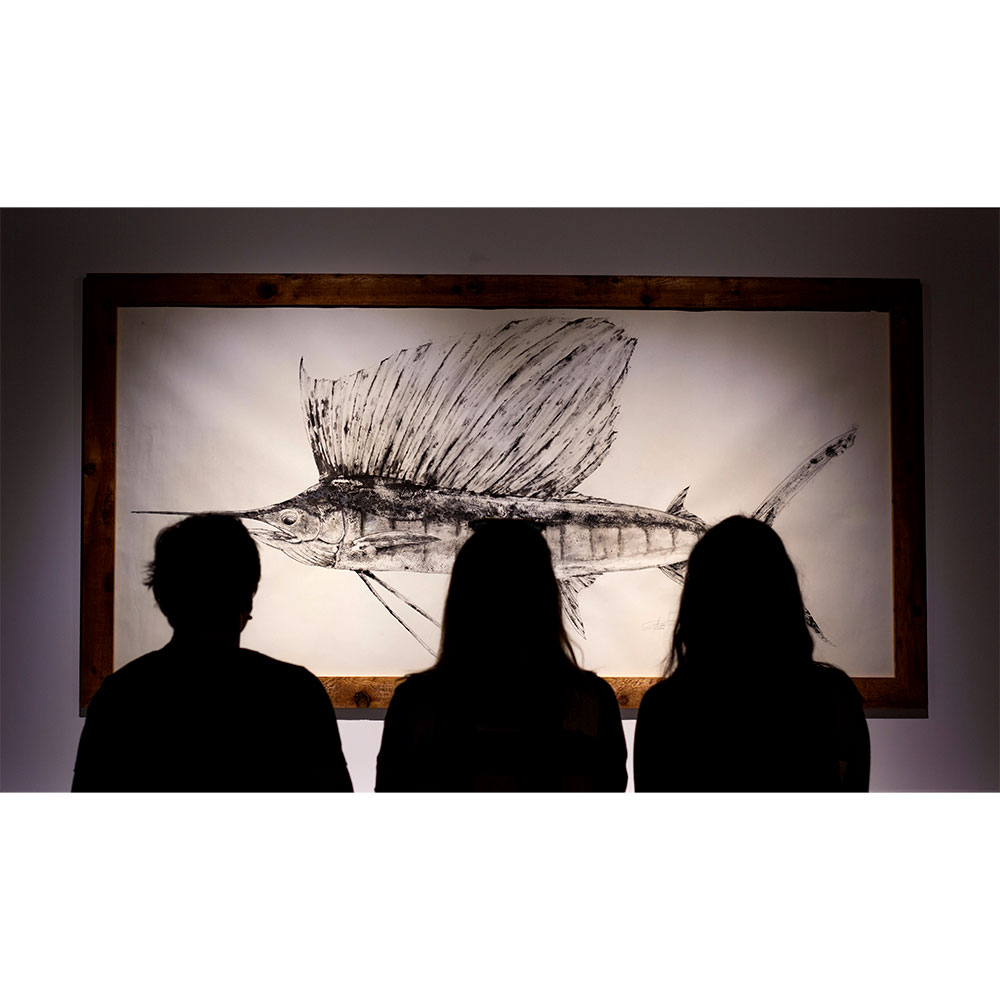
Sailfish Gyotaku by A. Wexler
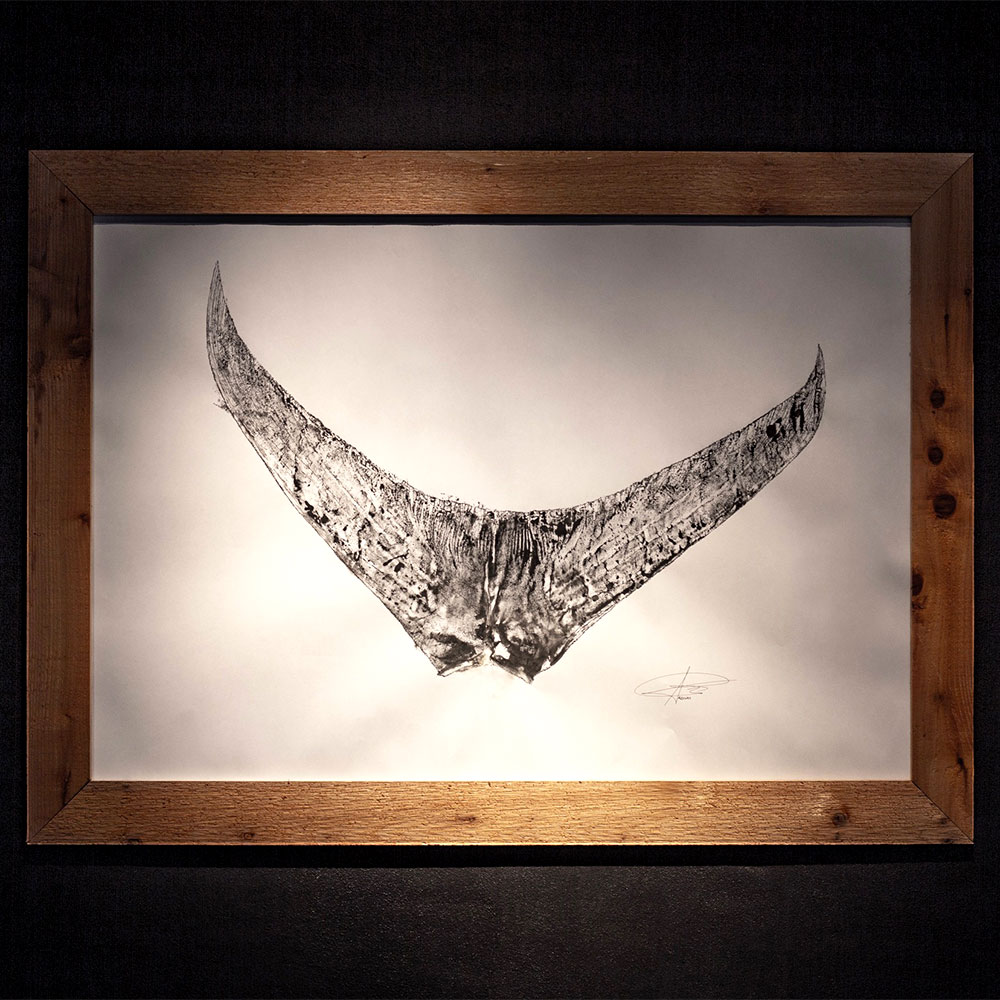
Swordfish Tail by A. Wexler

Alex preparing fish for printing

Gyotaku by Hiyama
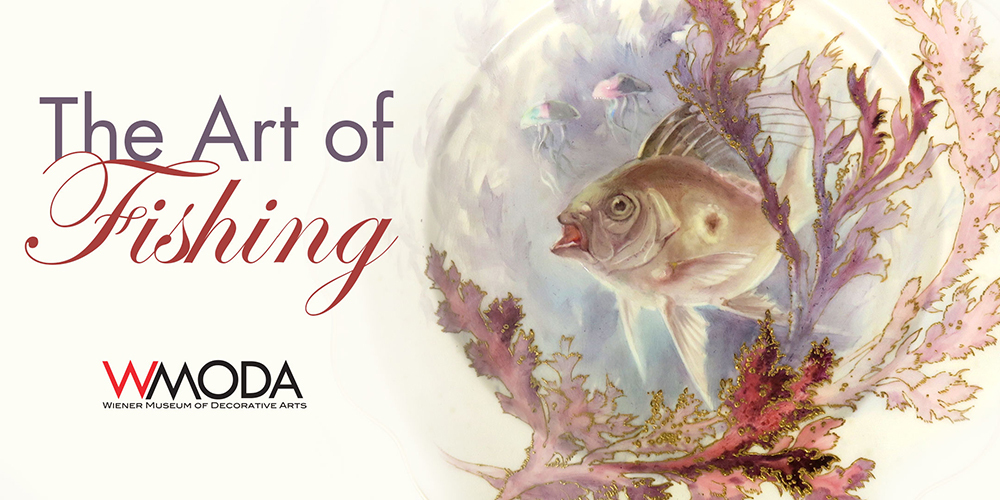
The Art of Fishing at WMODA
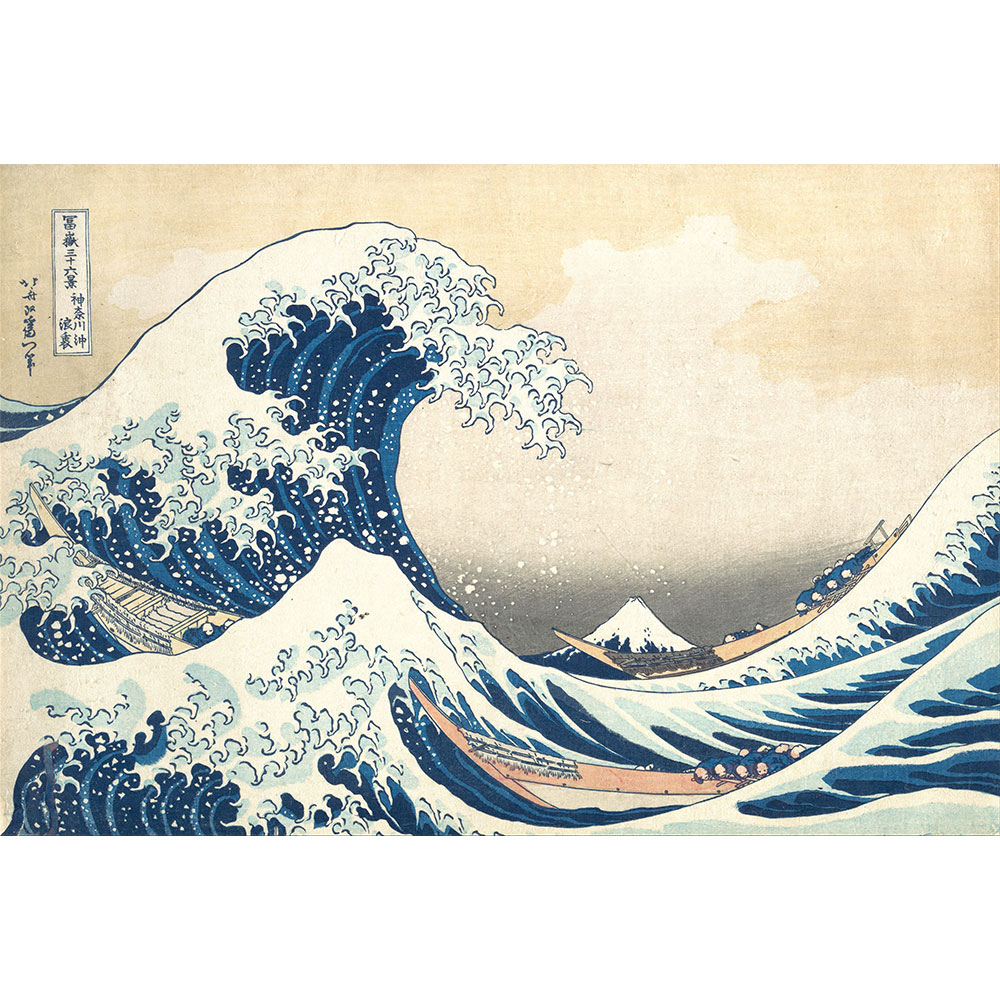
Great Wave off K. Hokusai

Fly Fishing by K. Hokusai
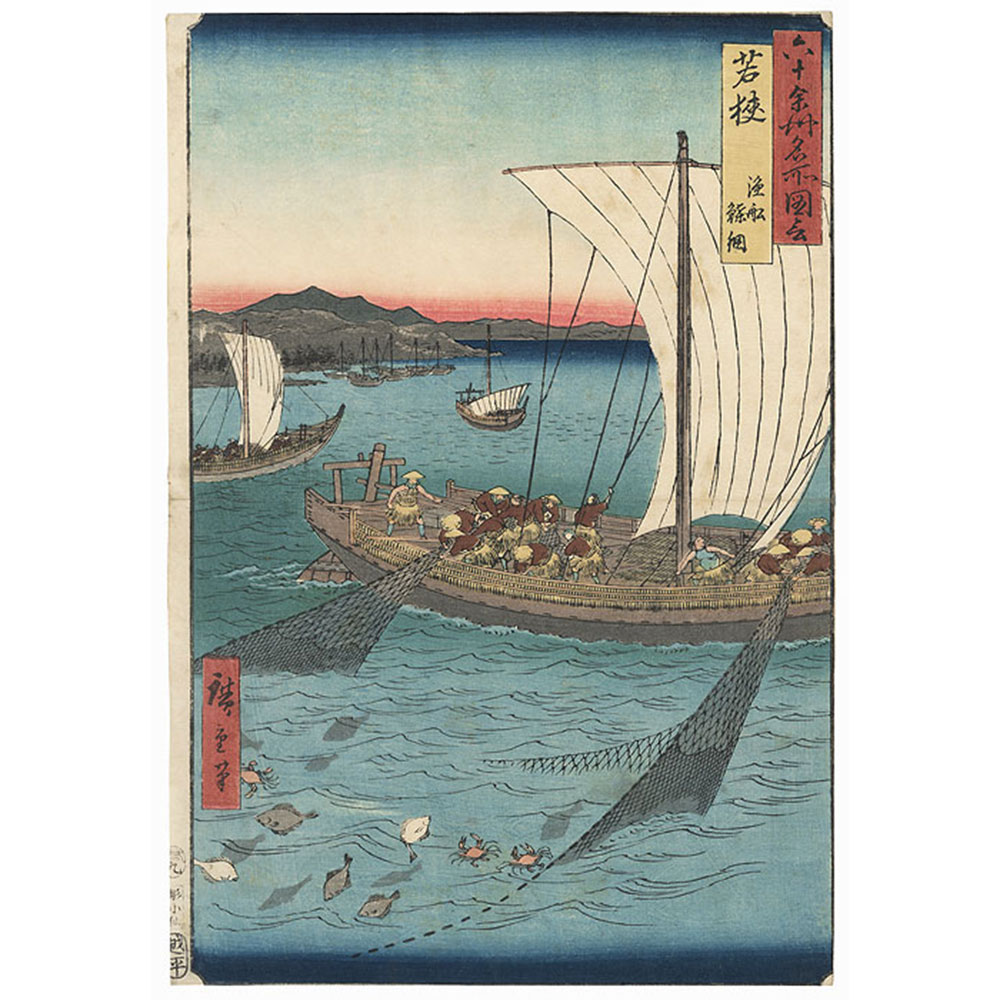
Fishing Boats Netting Flounders in Wakasa Province by U. Hiroshige

Fish prints by U. Hiroshige

Doulton Burslem Fish plate by S. Wilson
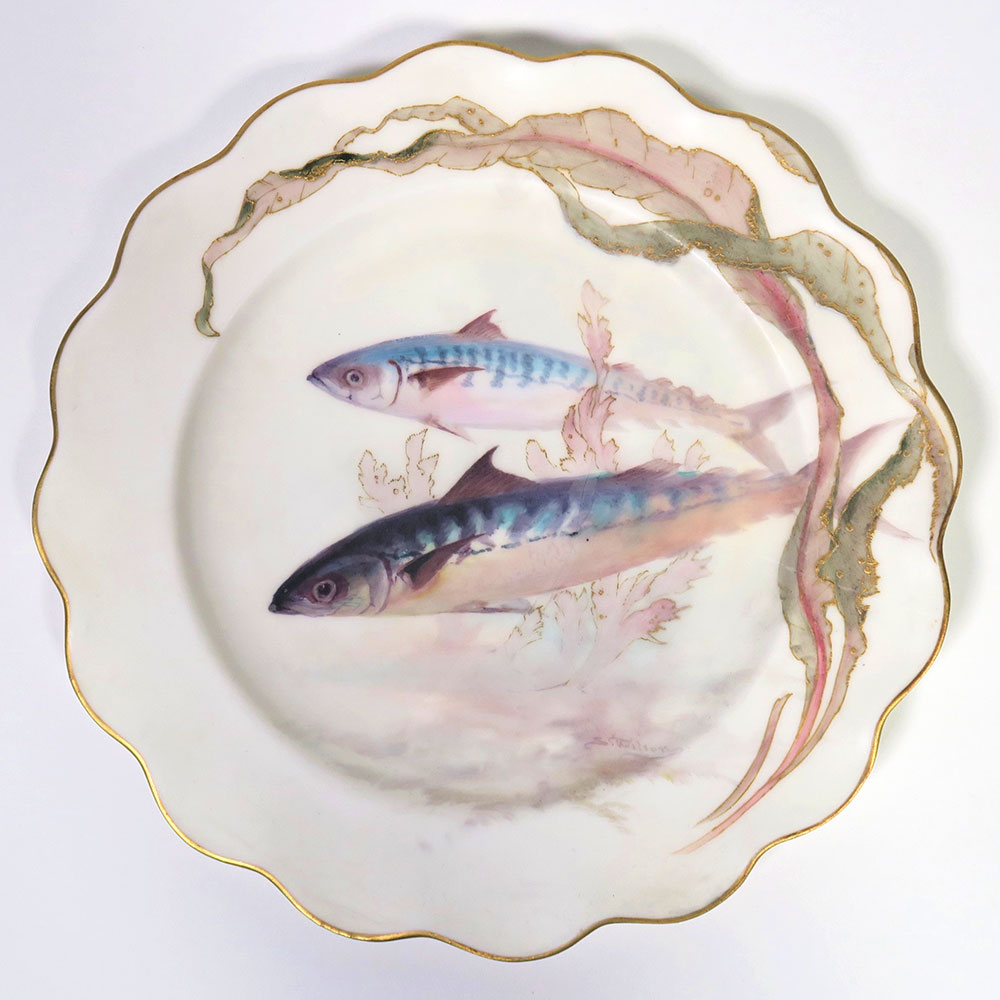
Doulton Burslem Mackerel plate by S. Wilson

Doulton Burslem Fish plate by S. Wilson

Doulton Burslem Fish plate by S. Wilson
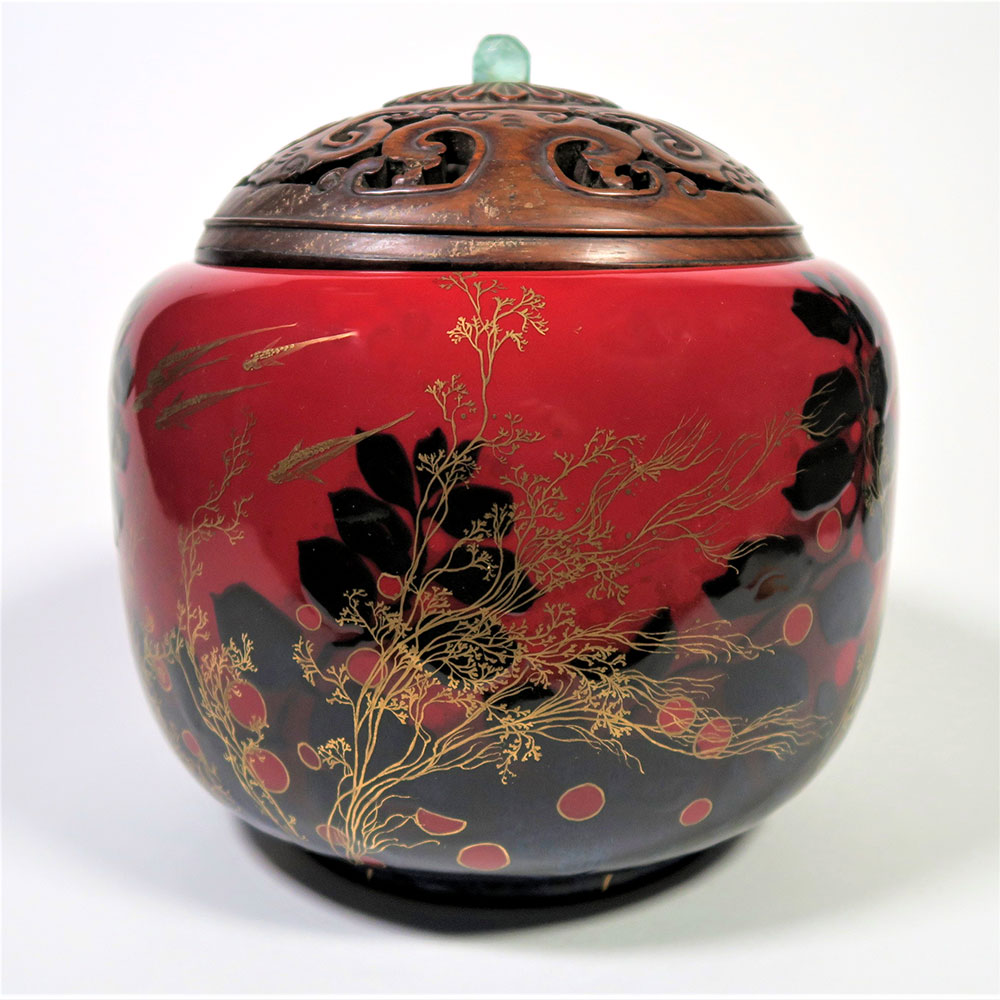
Royal Doulton Sung Vase by C. J. Noke
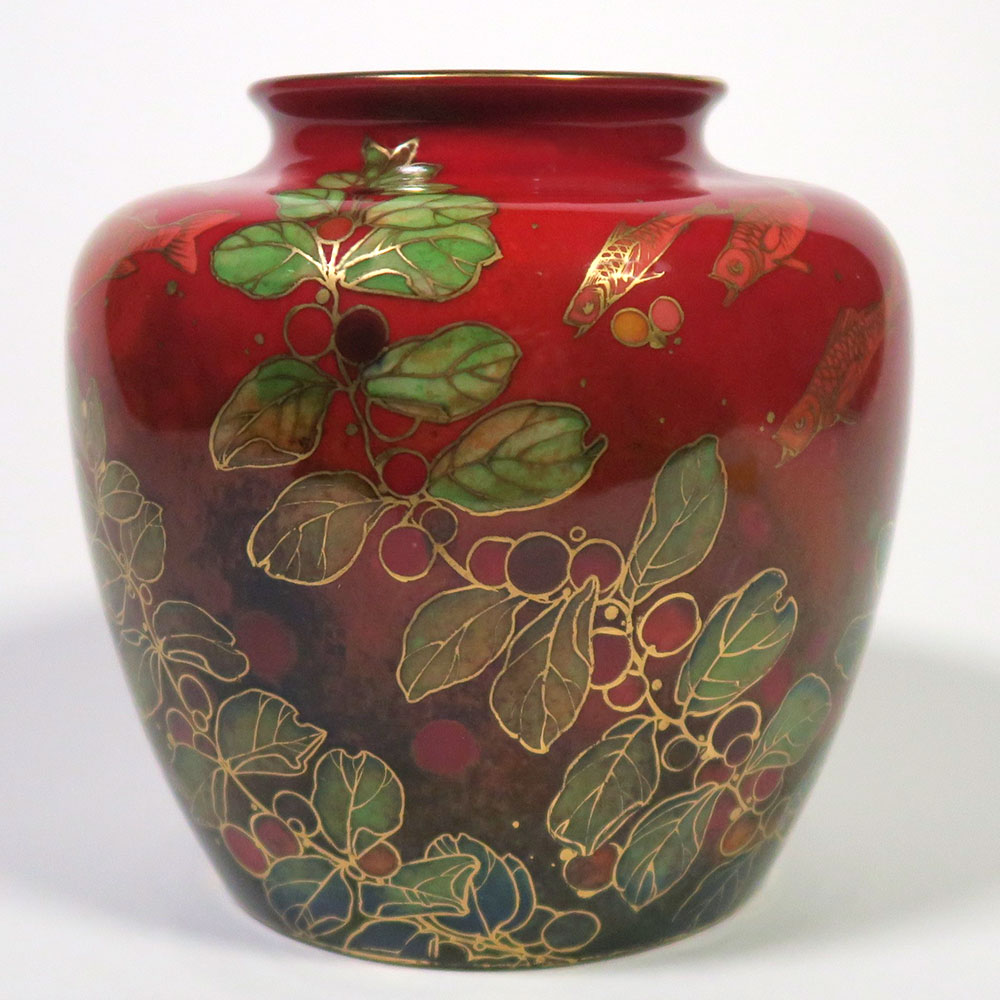
Royal Doulton Flambe Vase
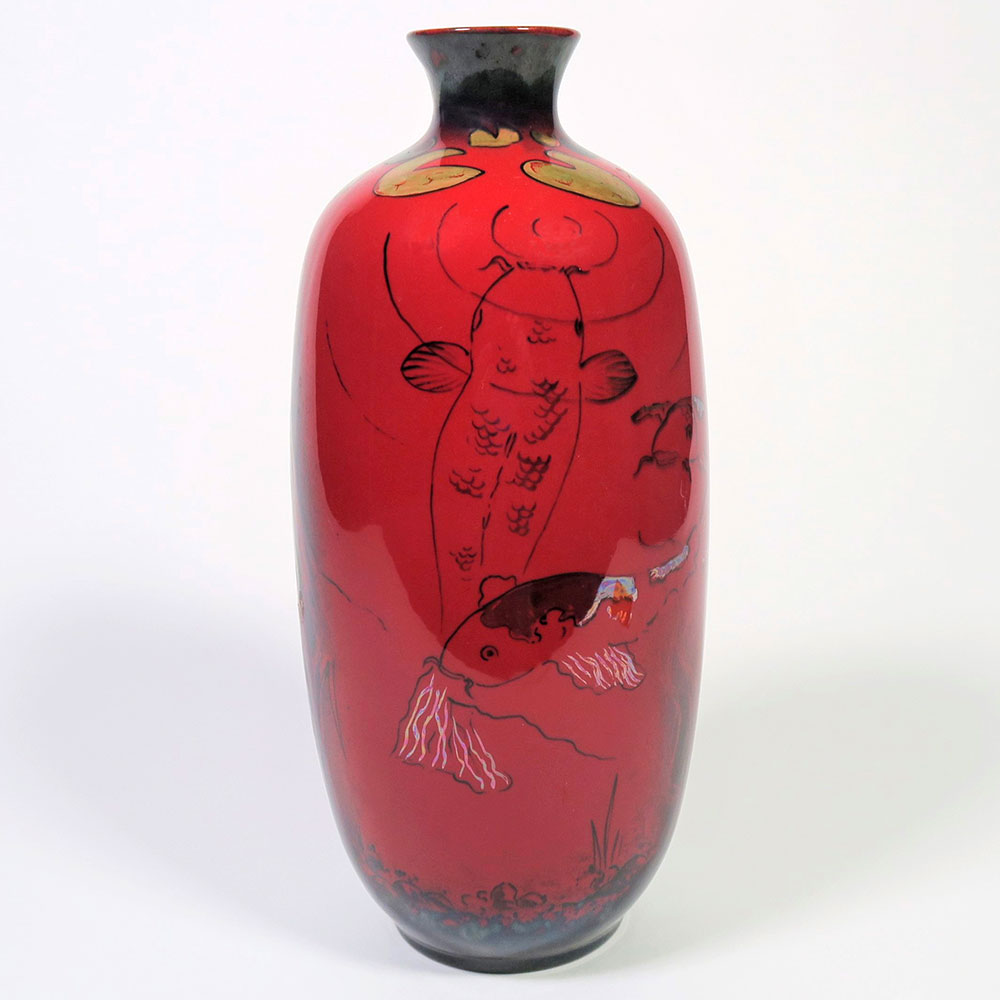
Royal Doulton Flambe Vase
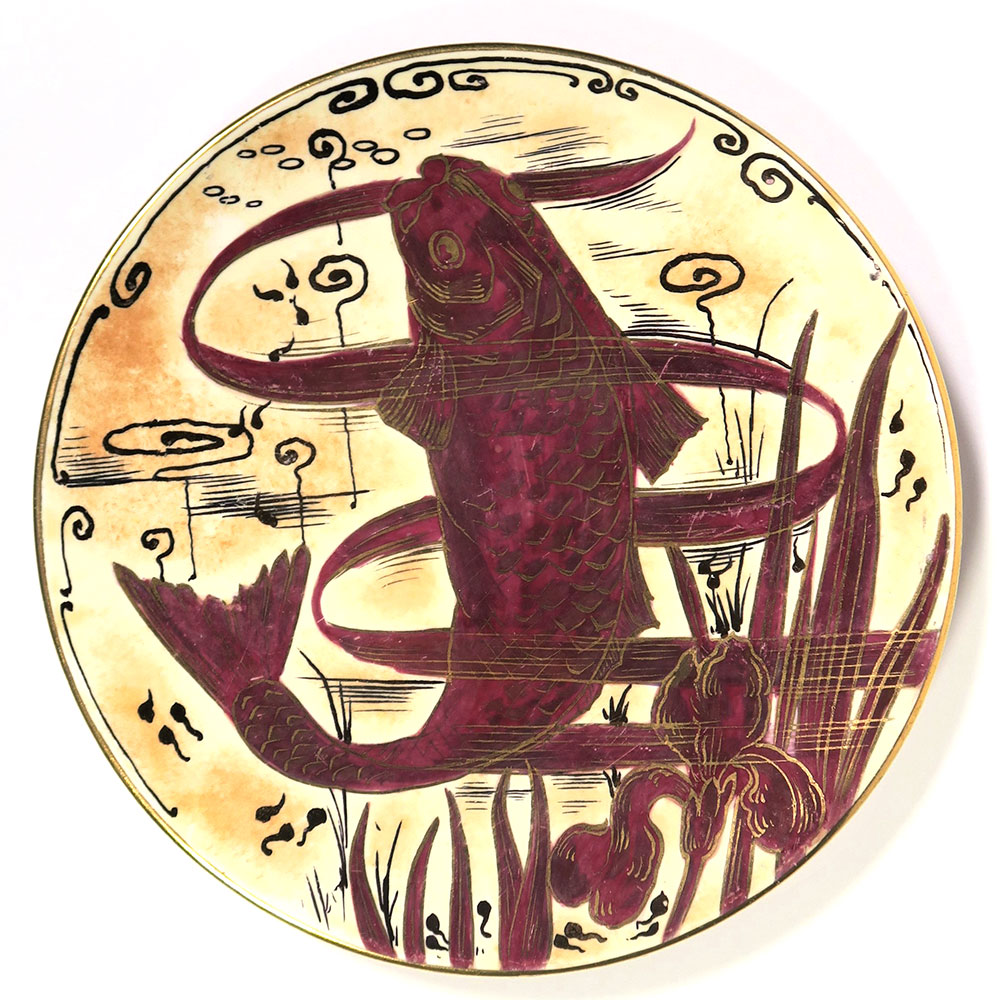
Doulton Flambe Fish Plate

Royal Doulton Flambe Fish
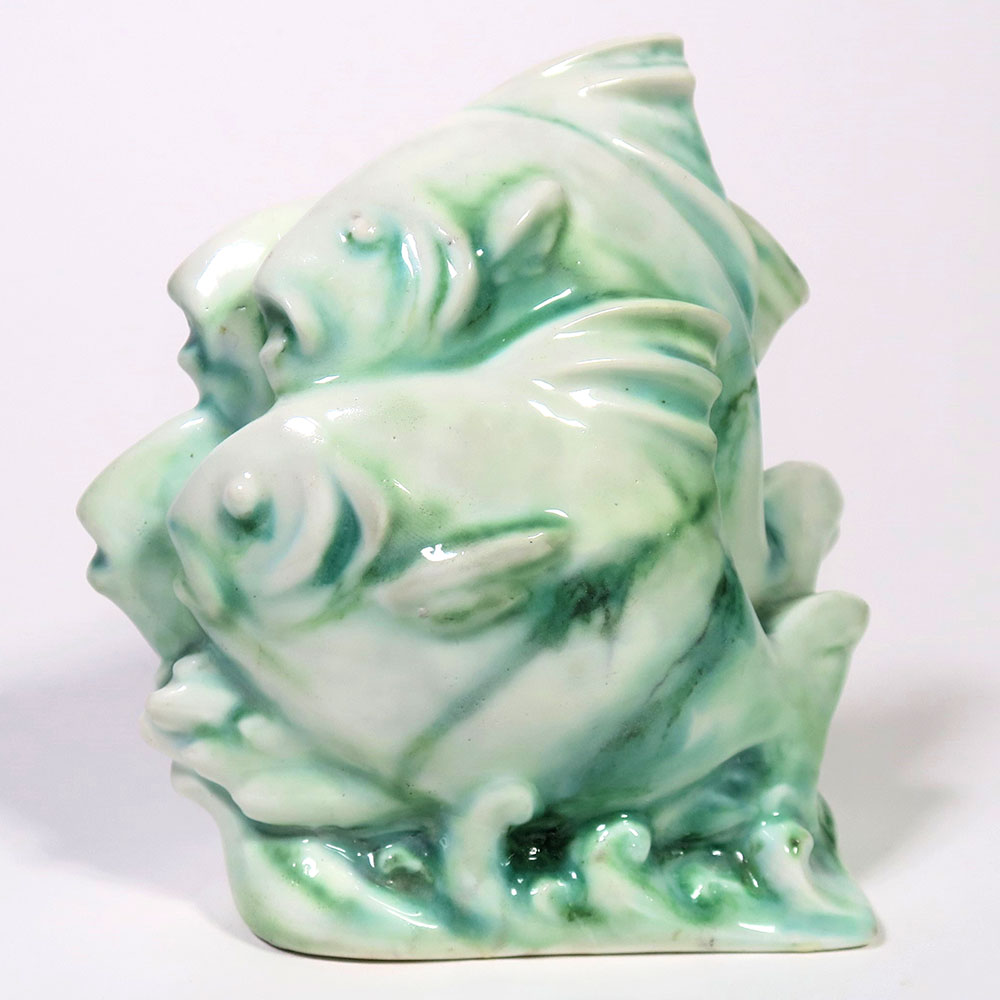
Royal Doulton Chinese Jade Fish by C. J. Noke and H. Nixon
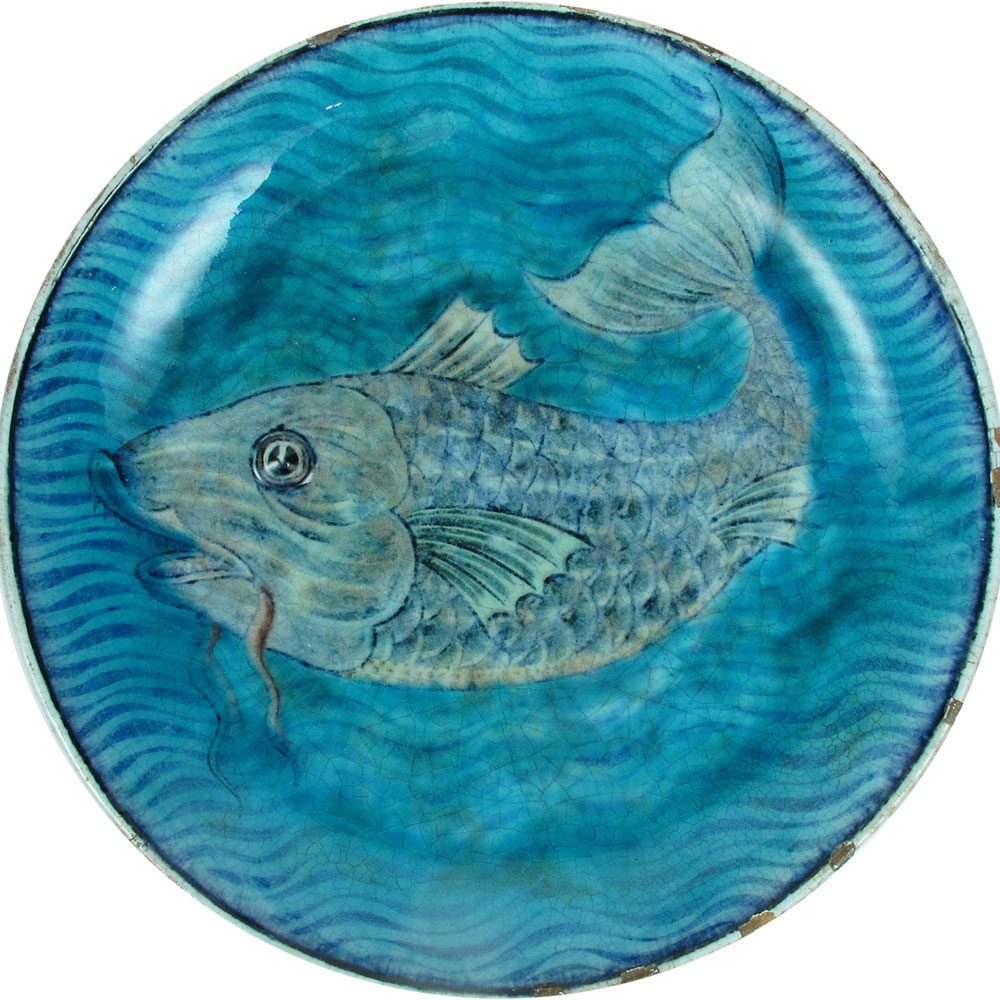
William de Morgan Fish Plate
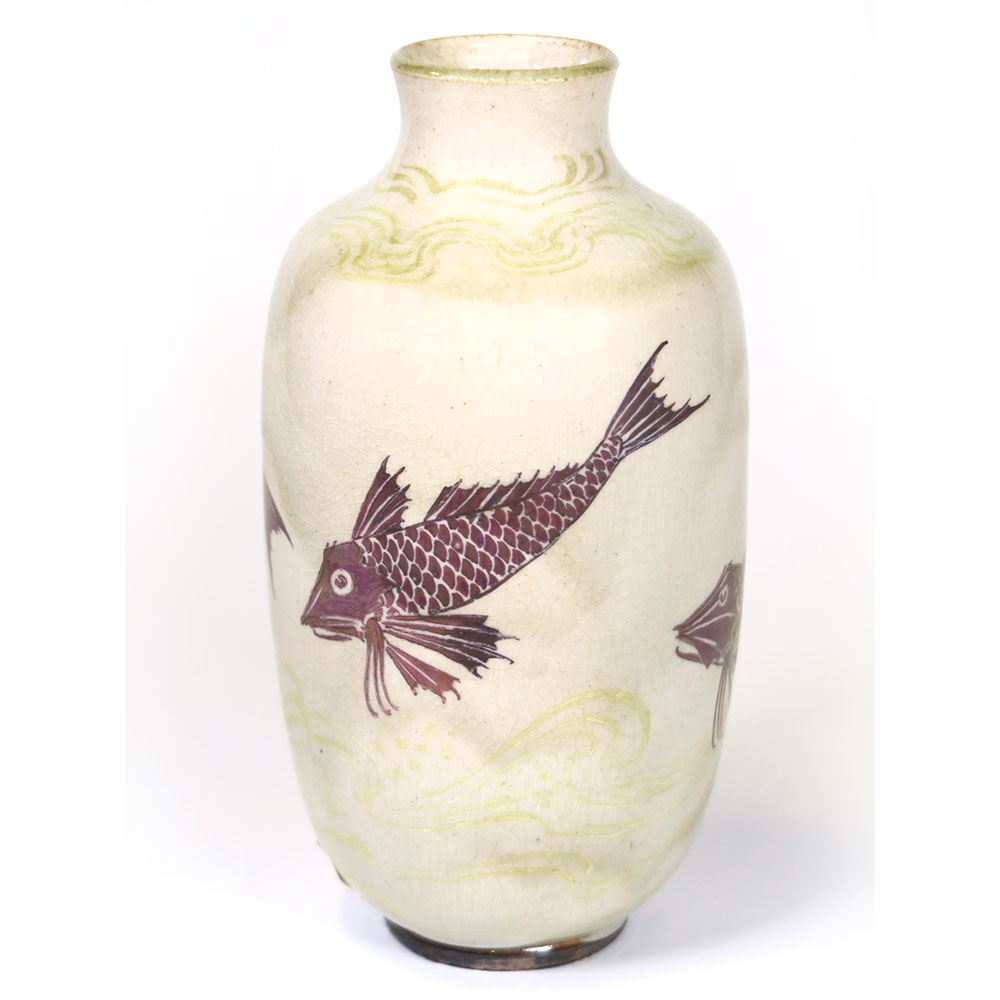
Doulton Lambeth Lustre Fish Vase
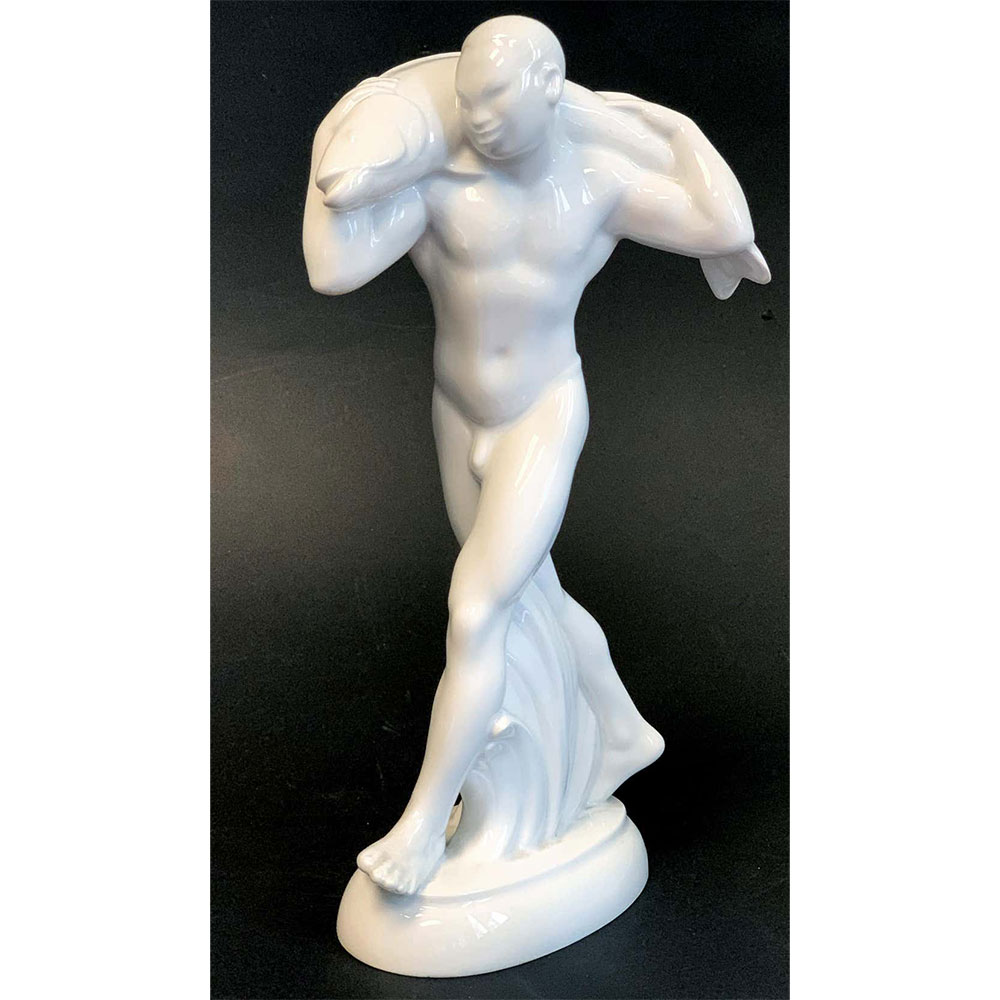
KPM Asian Man with Fish

Doulton Lambeth Faience Fish Plaque
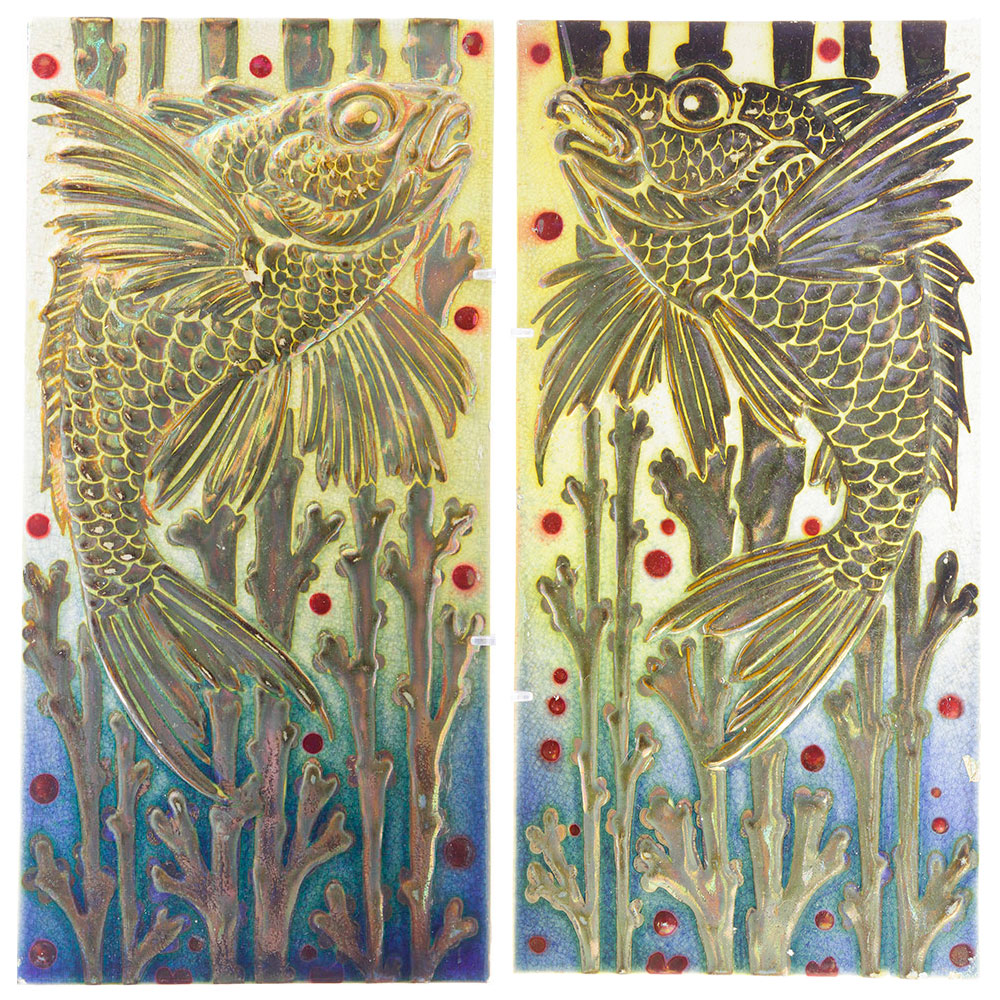
Pilkington Fish Tiles

Pilkington Fish Vase by R. Joyce
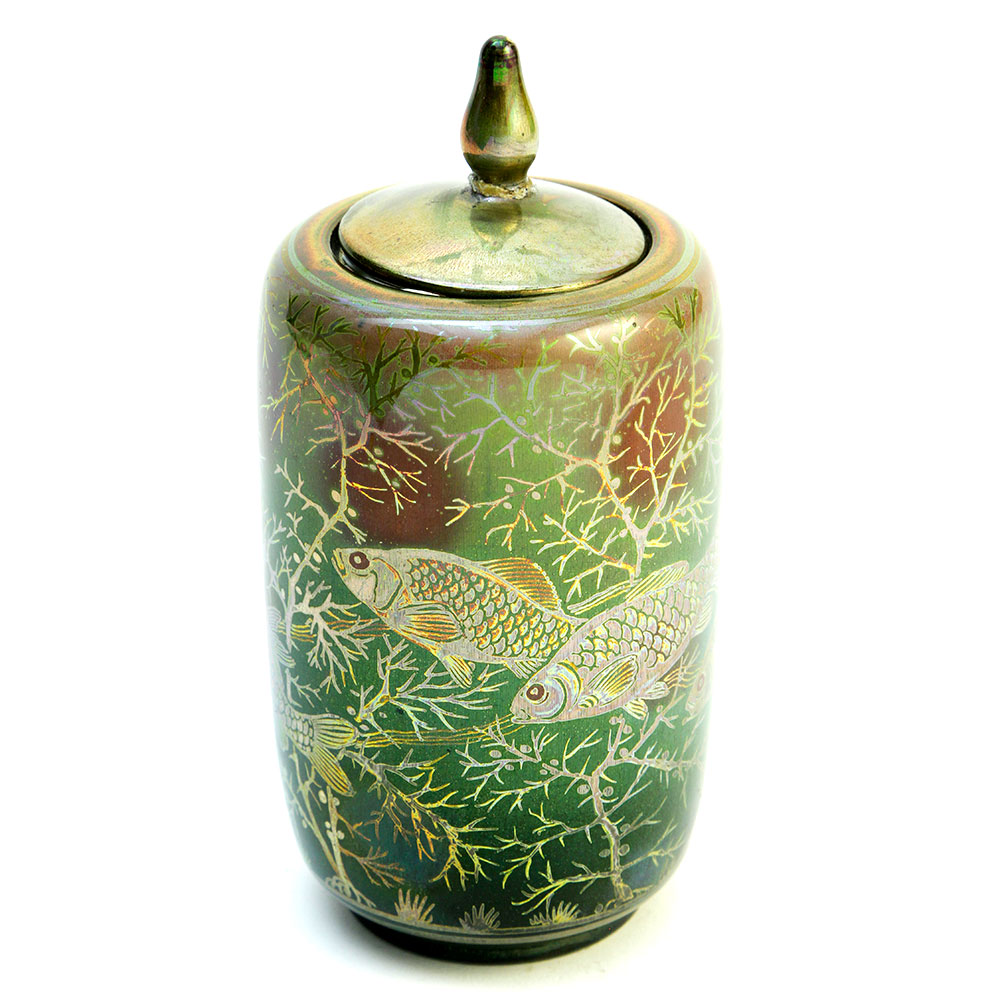
Pilkington Fish Vase
